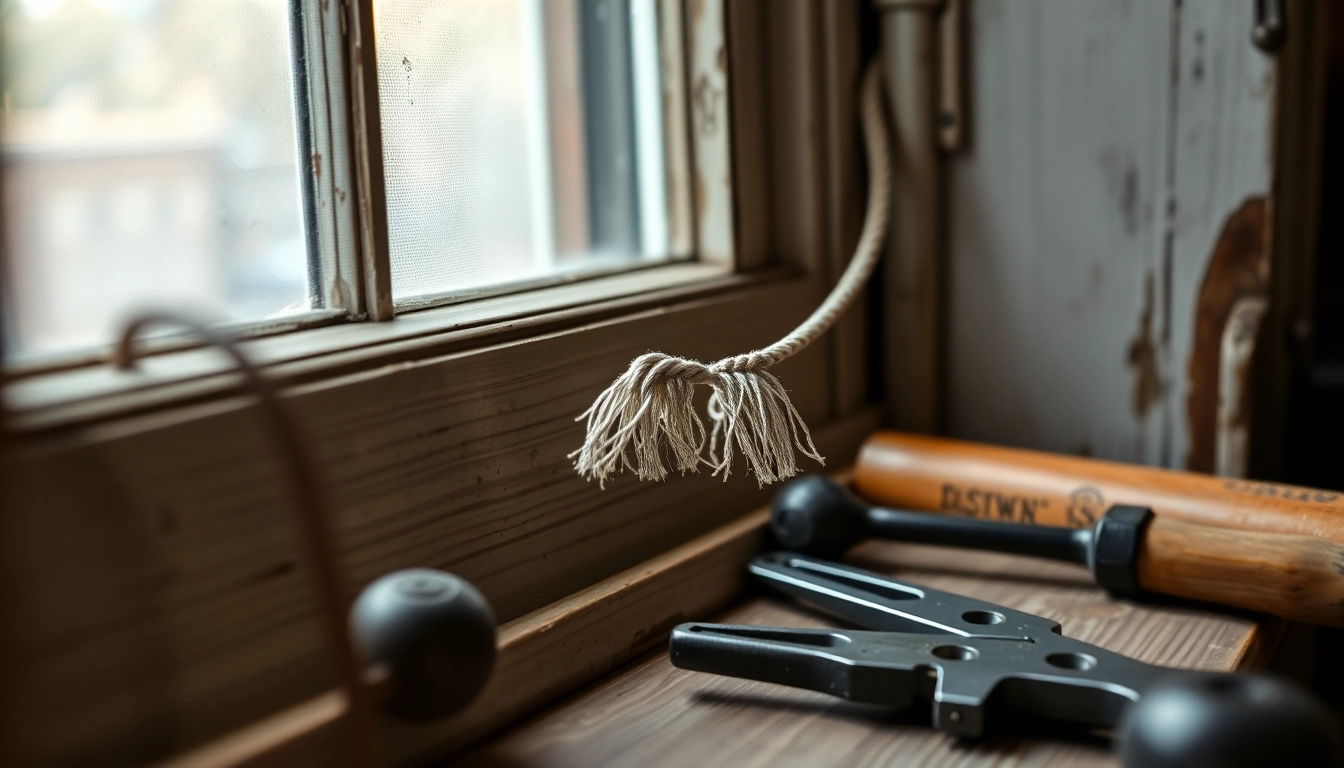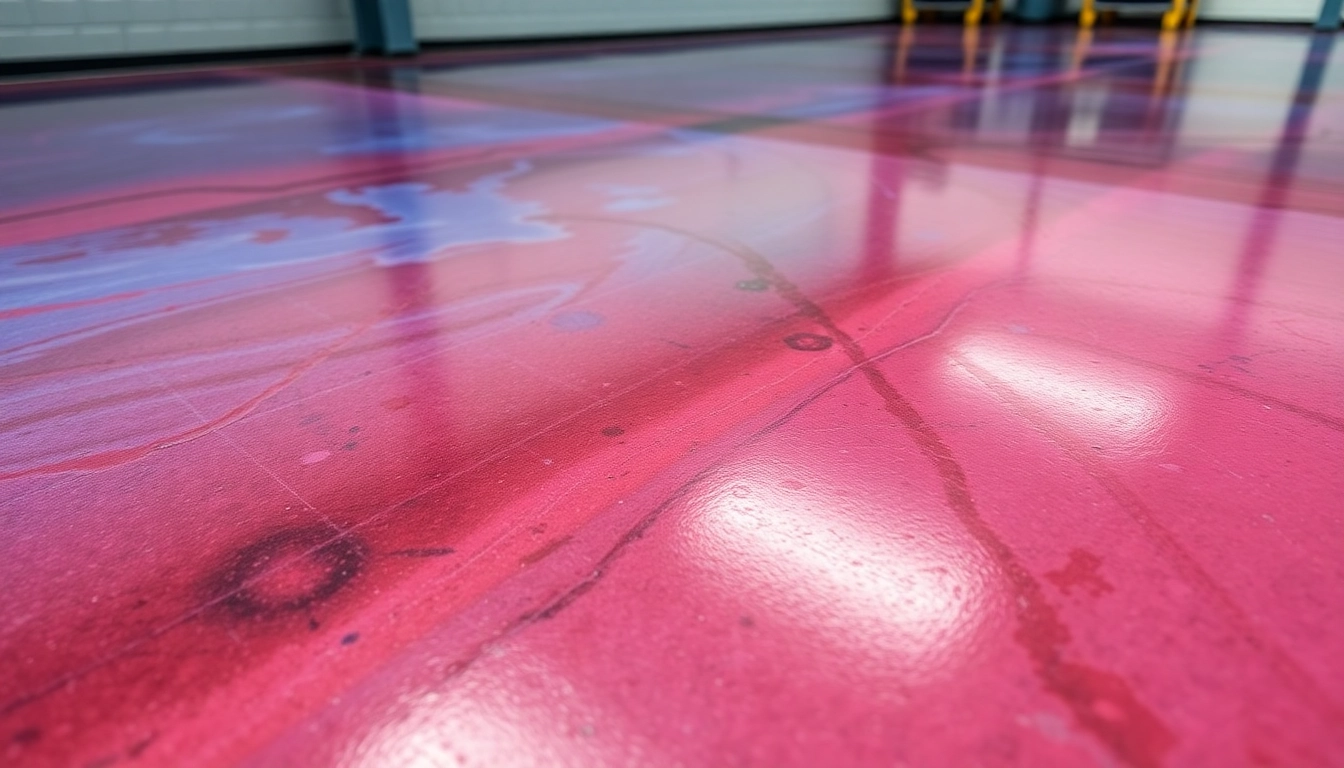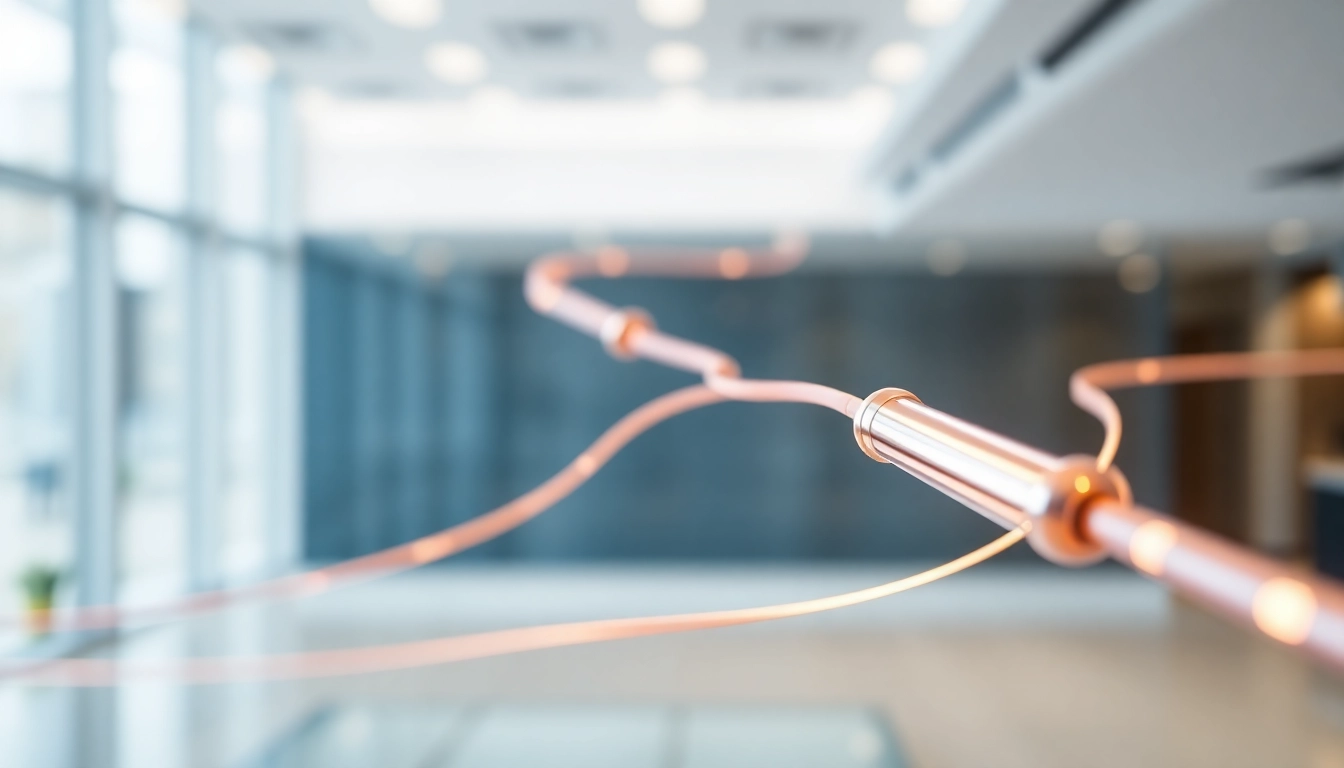
Understanding Sash Cords and Their Role in Window Functionality
Sash cords are a fundamental component of traditional vertically sliding sash windows, playing a crucial role in their smooth operation and structural stability. These cords, often composed of durable materials like braided polyester or natural fiber, connect the sash window’s moving parts to the weights housed within the window frame. When functioning properly, they enable effortless opening and closing of the window, as well as maintaining the sash’s position at various heights. Over time, however, these cords can degrade or break, leading to operational failures that compromise window function and security.
In the realm of window restoration and maintenance, understanding the function of sash cords is essential. Their primary role is to counterbalance the weight of the sash, providing a counterforce that allows the window to be lifted easily and stay in any desired position. Without properly functioning sash cords, the sash becomes difficult to move, risks falling, or can cause damage to the frame and hardware. Recognizing how sash cords operate sets the foundation for effective troubleshooting and repair strategies, ensuring longevity and safety for your windows.
What Are Sash Cords and How They Work
Sash cords are typically thin, resilient ropes or cables that run within the window frame, connecting the sash— the part of the window that opens— to the weights suspended behind the casing. When a window is opened or closed, the cord transmits the force from the weight to the sash, enabling smooth movement. This mechanism relies on a delicate balance: when the cord is intact and properly tensioned, the sash glides effortlessly; if it becomes frayed, slack, or breaks, the entire operation is compromised.
Modern sash cords are made from high-strength synthetic fibers, offering durability and resistance to wear. They are often wrapped around pulleys or guided over rollers to reduce friction and facilitate smooth operation. The weights, usually made of cast iron or steel, sit within the window frame’s pulley cavity and provide the balancing force essential for easy sash movement.
Understanding this system is vital when diagnosing issues like difficulty opening windows, sash dropping, or unusual noises during operation. Proper alignment, tension, and material integrity of the sash cords are key factors in maintaining optimal window performance.
Signs Indicating a Broken Sash Cord
Detecting a broken sash cord early can save time and prevent further damage. Common signs include a sash that no longer stays in the desired position, difficulty opening or closing the window, or a visible slack or sagging sash. You may also hear a rattling or scraping noise, indicating that the cord has frayed or snapped.
In some cases, the broken cord may be hidden behind the window frame, making visual inspection necessary. An obvious sign of failure is when the sash drops suddenly, often hitting the bottom of the frame or becoming stuck halfway open. If you notice uneven or sluggish movement, it might be due to worn or broken cords.
Another indication is when the internal cord is no longer visible through the pulley or beading, or if the sash feels loose or uneven when moved. Recognizing these signs promptly ensures timely repair, restoring window safety and functionality.
Common Causes of Sash Cord Failures
Sash cords are subjected to constant mechanical stress and environmental exposure, which can lead to gradual deterioration. Common causes of failure include:
- Age and Wear: Over decades, natural fibers or synthetic materials can weaken, fray, or break due to regular use.
- Fading or Exposure to Elements: Prolonged exposure to sunlight, moisture, and temperature fluctuations accelerates deterioration, especially in poorly sealed or ventilated windows.
- Poor Quality Materials: Lower-quality cords may degrade faster, leading to frequent failures and increased maintenance costs.
- Incorrect Installation: Improper tensioning or misaligned pulleys can unbalance the system, causing undue strain on the cords.
- Mechanical Damage: accidental impacts, or the use of excessive force during operation, can weaken or snap the cords.
Regular inspection and maintenance can significantly extend the lifespan of sash cords, preventing sudden failures and ensuring continuous smooth operation.
Step-by-Step Guide to Replacing Broken Sash Cords
Preparing Your Window and Tools
Successful sash cord replacement begins with proper preparation. Gather essential tools such as a flat-head screwdriver, a chisel, pliers, a measuring tape, scissors, and possibly a cordless drill. Safety equipment, including gloves and eye protection, is vital due to the sharp tools and potentially fractured sashes.
Before starting the replacement, carefully examine your window to identify the cord’s routing and pulley positions. Measure the existing cord’s length and note any specific routing patterns. Clear the surrounding area to allow easy access to the window.
It is advisable to remove the sash from the frame to facilitate easier work and prevent accidental damage. For detailed visual guidance, consult online tutorials such as Broken sash cord replacement, which offer comprehensive step-by-step instructions tailored for DIY enthusiasts.
Removing the Old Sash Cord Safely
Begin by carefully removing any beading or stops holding the window sash in place. Use a chisel or flat-head screwdriver to avoid damaging wood or trim. Once the sash is loose, gently tilt it forward and support its weight outside the window frame to prevent sudden falls.
Navigate to the pulley or access plate housing the cord. Use pliers to detach the old cord from the sash and pulley mechanism. If the cord has snapped, extract any remaining fibers or debris to clean the pulley system thoroughly. This process often involves cutting the old cord at an accessible point, then carefully pulling it free.
Pay close attention to the routing path of the cord, as accurate re-routing is crucial for smooth operation. In some cases, the cord may be hidden behind internal framework or decorative beading, requiring gentle prying with a chisel.
Installing a New Sash Cord: Techniques and Best Practices
Cut the new cord to a length approximately 2 inches longer than the measured old cord, ensuring sufficient slack for the pulley system. Thread the cord through the pulley or guide, maintaining the same routing pattern as the original. Attach the cord securely to the sash, ensuring knots or fixtures are tight and durable.
Reinstall the sash carefully into the window frame, adjusting the tension of the cord for balanced operation. Test the window’s movement gently to verify smoothness and proper counterbalance. Adjust the cord length if necessary to prevent the sash from sagging or sticking.
For optimal results, consider consulting professional guides or videos, like DIY sash cord replacement techniques, which illustrate best practices and common pitfalls.
Cost Considerations and DIY vs Professional Repair
Average Costs for Sash Cord Replacement in the UK
Financial investment in sash cord replacement varies based on whether you opt for DIY repair or professional services. According to recent industry data, the typical cost for a professional sash cord repair in the UK ranges from £70 to £150, depending on the number of cords, window size, and accessibility. For example:
- Replacing a single outer sash cord may cost around £80.
- Replacing both inner sash cords could be approximately £95.
- Replacing all four sash cords in a typical window might reach £150.
DIY options, on the other hand, can significantly reduce costs, with basic materials like cords and tools available for less than £20 if purchased from hardware stores or online suppliers. However, complexity and skill level must be considered.
DIY Repair Tips and Safety Precautions
While tackling sash cord replacement yourself can be cost-effective, it requires careful planning and adherence to safety protocols. Always wear gloves and eye protection, especially when working with sharp tools and glass components. Work in a secure environment, ensuring the window is stable and supported at all times.
Measure twice, cut once—accurate measurements prevent wastage and ensure proper tensioning. Follow detailed tutorials or guides, such as Diy sash cord replacement techniques, which include valuable tips on handling fragile sash components and managing awkward access points.
Always plan for possible contingencies, such as wood decay or hardware damage, which might necessitate additional repairs or professional involvement.
When to Hire a Professional Sash Window Specialist
Consider engaging a qualified sash window professional if:
- You lack experience with window hardware or carpentry.
- The sash or frame shows signs of extensive rot or damage.
- Accessing the pulley system involves complex disassembly or risk of structural harm.
- You require a quick, reliable fix with warranty and guarantee assurance.
Professional services, while more costly upfront, ensure safety, durability, and preservation of the window’s historical integrity. Additionally, experts can identify underlying problems that may cause future failures, offering comprehensive restoration solutions.
Maintenance Tips to Prevent Future Breakages
Regular Inspections and Cleaning
Routine checks can identify early signs of wear or damage. Inspect the cords, pulleys, and hardware periodically—ideally twice a year. Clean pulleys and sash tracks using a soft brush or damp cloth to remove dust and debris, ensuring smooth operation.
Lubricate moving parts with appropriate oil or silicone spray, avoiding excess that could attract dirt. Keep the window frame sealed against moisture ingress, which can accelerate wood decay and hardware corrosion.
Choosing Quality Sash Cords and Hardware
Investing in high-quality sash cords, made from durable, weather-resistant materials, enhances lifespan and reduces the need for frequent replacements. For hardware like pulleys and weights, opt for reputable brands known for robustness and precision. Consider modern replacements that mimic original specifications for historical accuracy.
Preventive Measures for Longevity
Additional steps include avoiding excessive force during operation, ensuring that window hardware is correctly aligned, and replacing worn components promptly. Installing window locks and restrictors can prevent accidental damage caused by forced or careless handling.
Addressing structural issues like wood rot or water ingress immediately helps maintain sash integrity. When structural repairs are needed, consult specialists to ensure that restorations adhere to building codes and preserve architectural authenticity.
Additional Services and How We Can Help
Custom Sash Window Repairs and Restorations
Beyond simple sash cord replacements, comprehensive restoration services include repairing or replacing rotten sash timber, re-glazing, re-painting, and restoring original hardware. These interventions preserve the aesthetic and structural integrity of period windows, significantly increasing their lifespan and performance.
Affordable Replacement Options and Pricing
We offer tailored quotation services and affordable pricing options, ensuring that your sash window repairs remain within budget without sacrificing quality. Whether a quick cord replacement or full restoration, our team provides transparent estimates based on detailed site assessments.
Contact Our Experts for Fast, Reliable Service
If you’re experiencing issues with your sash windows or want expert advice on maintenance and restoration, don’t hesitate to contact us. Our professional team is ready to deliver fast, reliable service, helping you restore the beauty and functionality of your windows.







